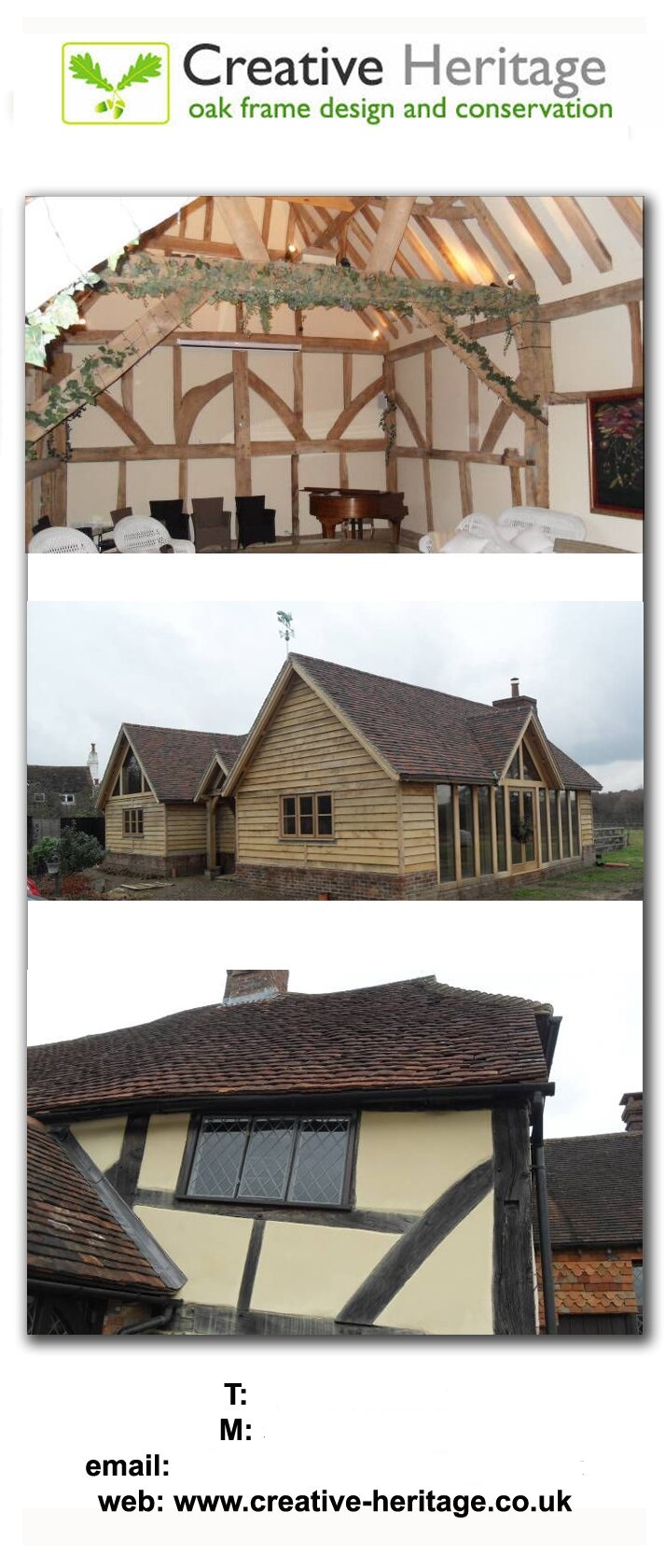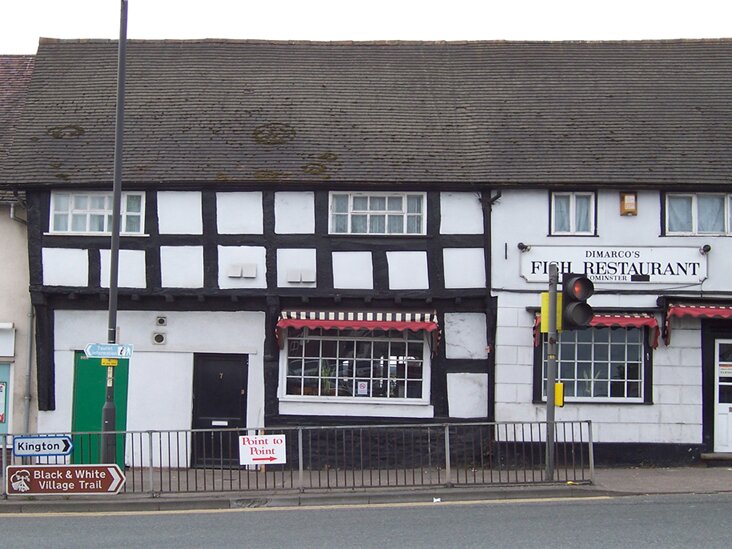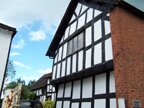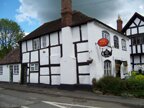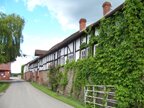The official Black and White Village trail covers 40-miles round Herefordshire villages, with lots of examples of timber-framed buildings and churches in their village settings. The circular trail is marked with brown and white tourist signs to guide you. Pick up a trail leaflet [or pamphlet with CD] at the tourist information centre where the trail begins at Leominster [, Tel. ]. From there it goes to Weobley, Pembridge, Eardisley, Dilwyn, Kinnersley, Sarnesfield, Lyonshall, Kingsland, Kington, Eardisland, and then back to Leominster. Click on any thumbnail to see an enlarged picture.
Most of the houses on the Black & White Trail are timber-framed - the framework of the house is made from green, unseasoned, oak, and the panels between are filled with woven wood lathes which were then covered with plaster, or sometimes with brick. The panels were painted with limewash which was tinted with locally sourced natural pigments such as the local earth or ox blood. Painting the beams black and the panels white is a relatively recent idea. Many of the houses date from the sixteenth and seventeenth centuries, and timbers were often left unpainted to weather naturally, sometimes both beams and panels were limewashed. In the eighteenth century stucco and stone were considered more fashionable than the previous vernacular style, and some timber-framed houses were plastered, with the beams covered up.
Throughout the nineteenth and twentieth centuries, many houses were restored and their timbers exposed. The beams were often painted black and the panels white to draw attention to the patterns of the timber framing. Now, some houses have had the paint removed from the beams to reveal the natural colour of the weathered wood again, and the panels have been limewashed in soft earth tones; pink, beige and yellow. These are relatively few, however, and most are still the iconic black and white.
Leominster dates from Saxon times and was for long a wool town during the medieval period. There are antique shops in the town, many of them in old black and white buildings as are a number of other shops. Click on thumbnails below to see a larger image, or view the Leominster slideshow.
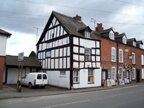
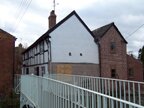
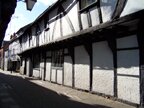
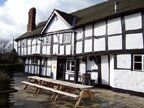
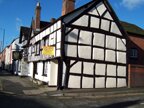
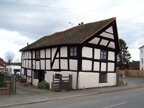
From Leominster the trail goes via Barons Cross to Dilwyn, and from there to Weobley. Weobley dates from the 7th century, and is a very pretty black and white village. The trail continues through Sarnesfield to Kinnersley Castle, built c1588. The village of Eardisley is next, and then the town of Kington, a small market town named after Edward the confessor, where many of the houses are 300 or more years old. Then on to Lyonshall where the 16th century Royal George pub is another timber-frame attraction.
Pembridge which has many timber-framed buildings is next , with more than 90 listed buildings. The river Arrow runs through the village and under the road. Click on the thumbnails below to see larger image or view the Pembridge slideshow
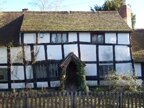
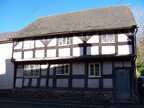
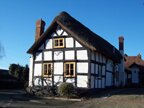
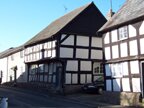
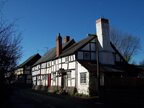
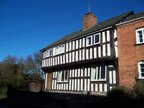
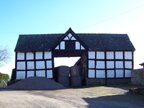
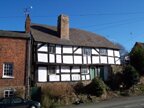
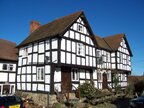
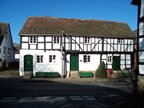
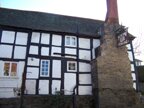
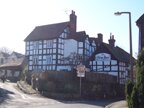
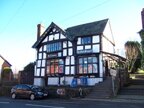
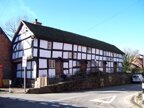
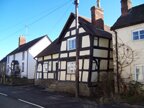
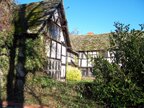
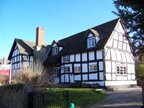
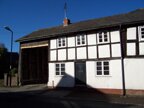
Eardisland, also on the Arrow river, is next along the trail, it has an 18th-century house that was built around a 14th century great hall complete with timber roof. In the village are two timber-framed inns, the Cross and the White Swan and a 15th century cruck hall house, Knapp house. Click on the thumbnails below to see larger image or view the Eardisland slideshow
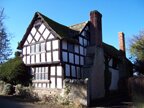
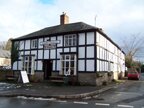
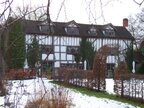
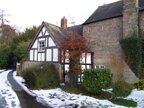
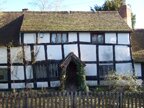
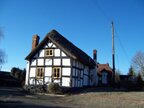
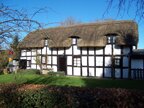
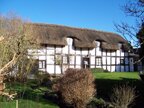
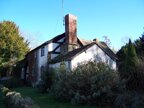
Then the trail returns to Leominster via Kingsland. Click on thumbnails below to see larger picture, or view Kingsland slideshow
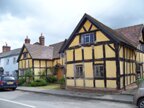
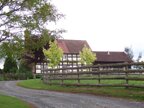
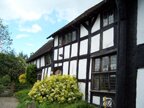
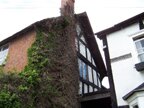
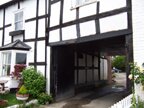
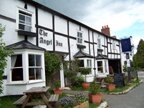
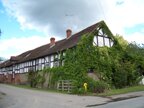
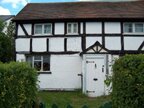
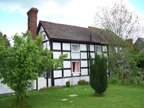
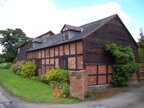
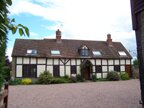
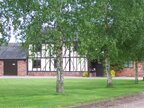
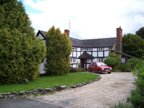
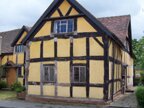
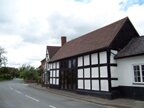
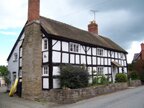
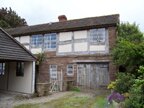
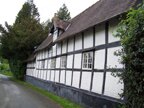
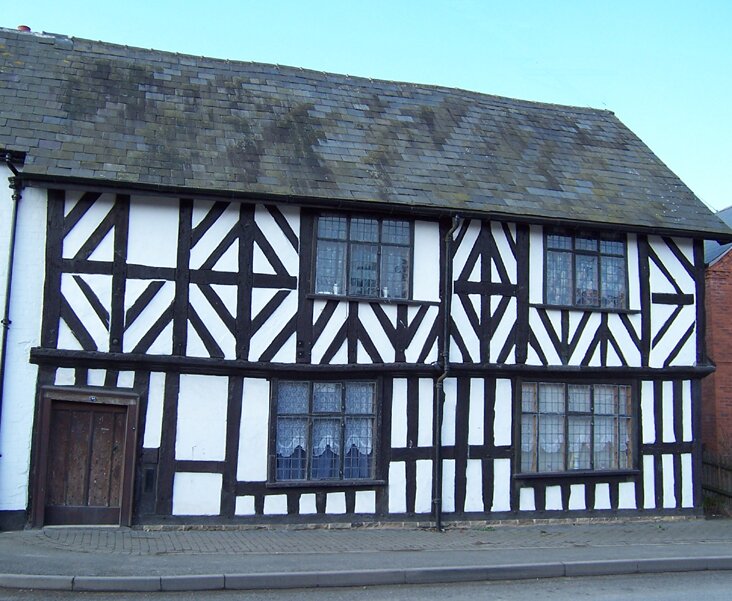
HOME | PHOTOGRAPHS | PRIVACY BLACK & WHITE TRAIL SLIDESHOWS LINKS
Download B&W Trail Cycle Ride PDF
Leominster
Dilwyn
Weobley
Sarnesfield
Kinnersley
Eardisley
Kington
Lyonshall
Pembridge
Eardisland
Kingsland
Leominster
Wigmore
